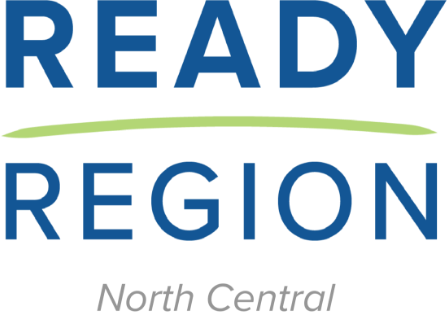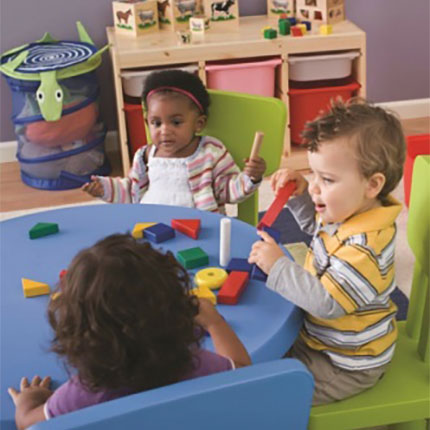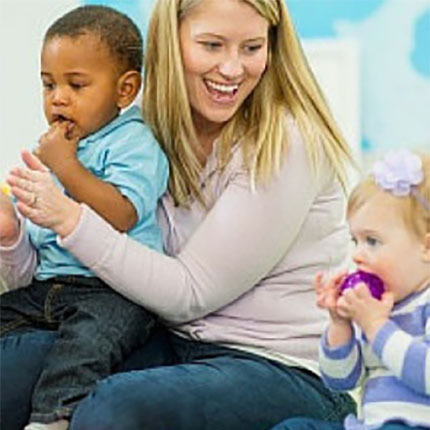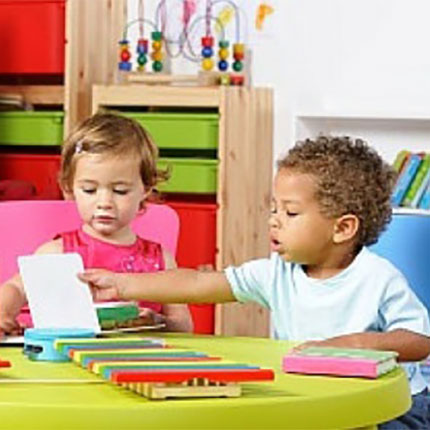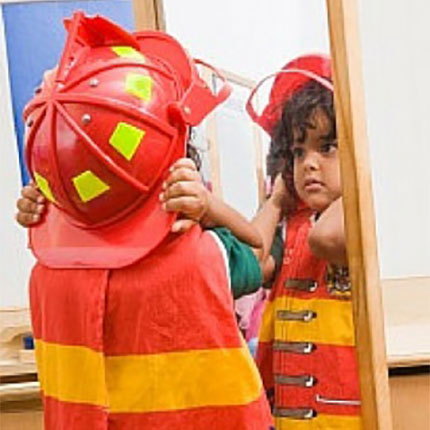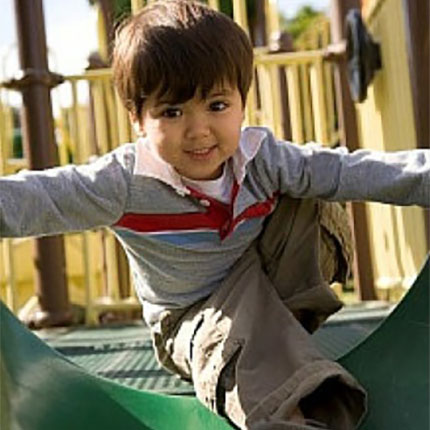
Serving Families
Family Support
You are your child’s first and most important teacher. The time you spend with your child and the healthy environment you create will ensure their success in school and in life.
- A safe environment at home and school and good health and nutrition support early learning.
- Talk, sing, read and play with your child. Your child learns by hearing sounds and words from birth. The more you talk, the more they learn.
- When children play games or use their imagination, they are learning important skills.
- Spark curiosity and creativity. Ask your child questions that can’t be answered by just “yes” or “no.” Instead of just asking “Do you see that pretty bird?” add “What other things fly?”

Families

Is your child’s center participating in VQB5?
Check out our local area’s list. If you are moving, or have a family member or friend in another region in Virginia, you can see all of Virginia’s participating centers here.

